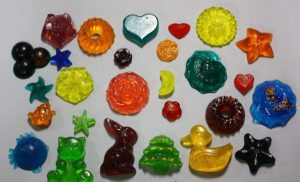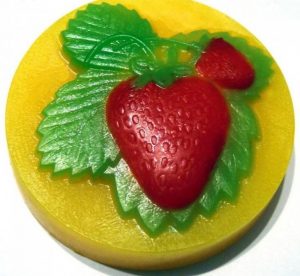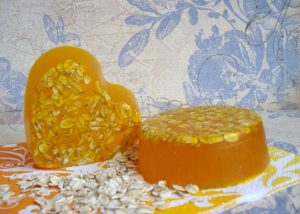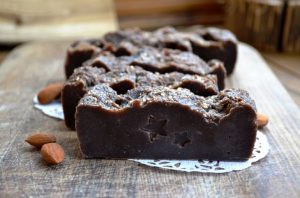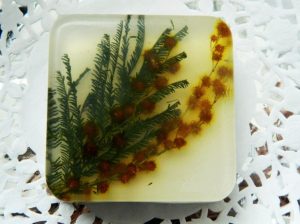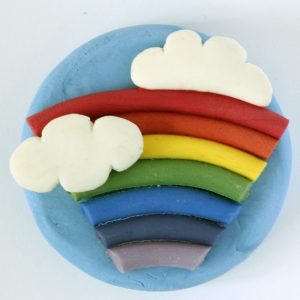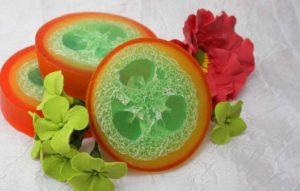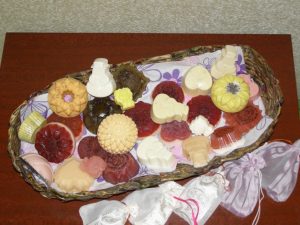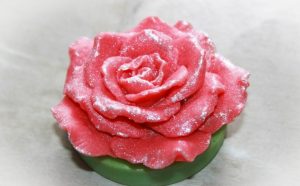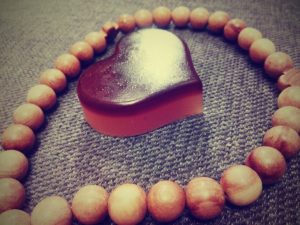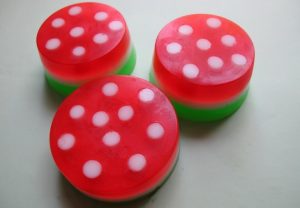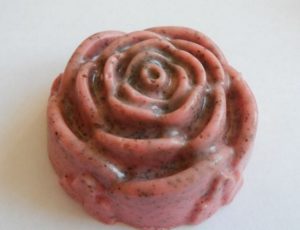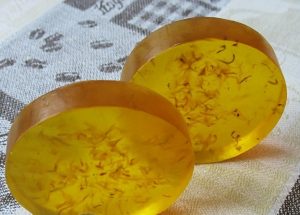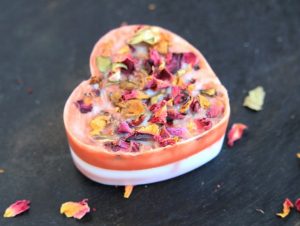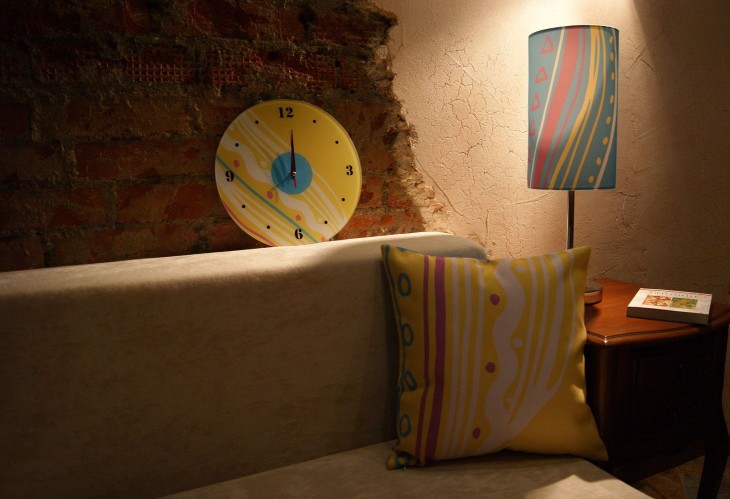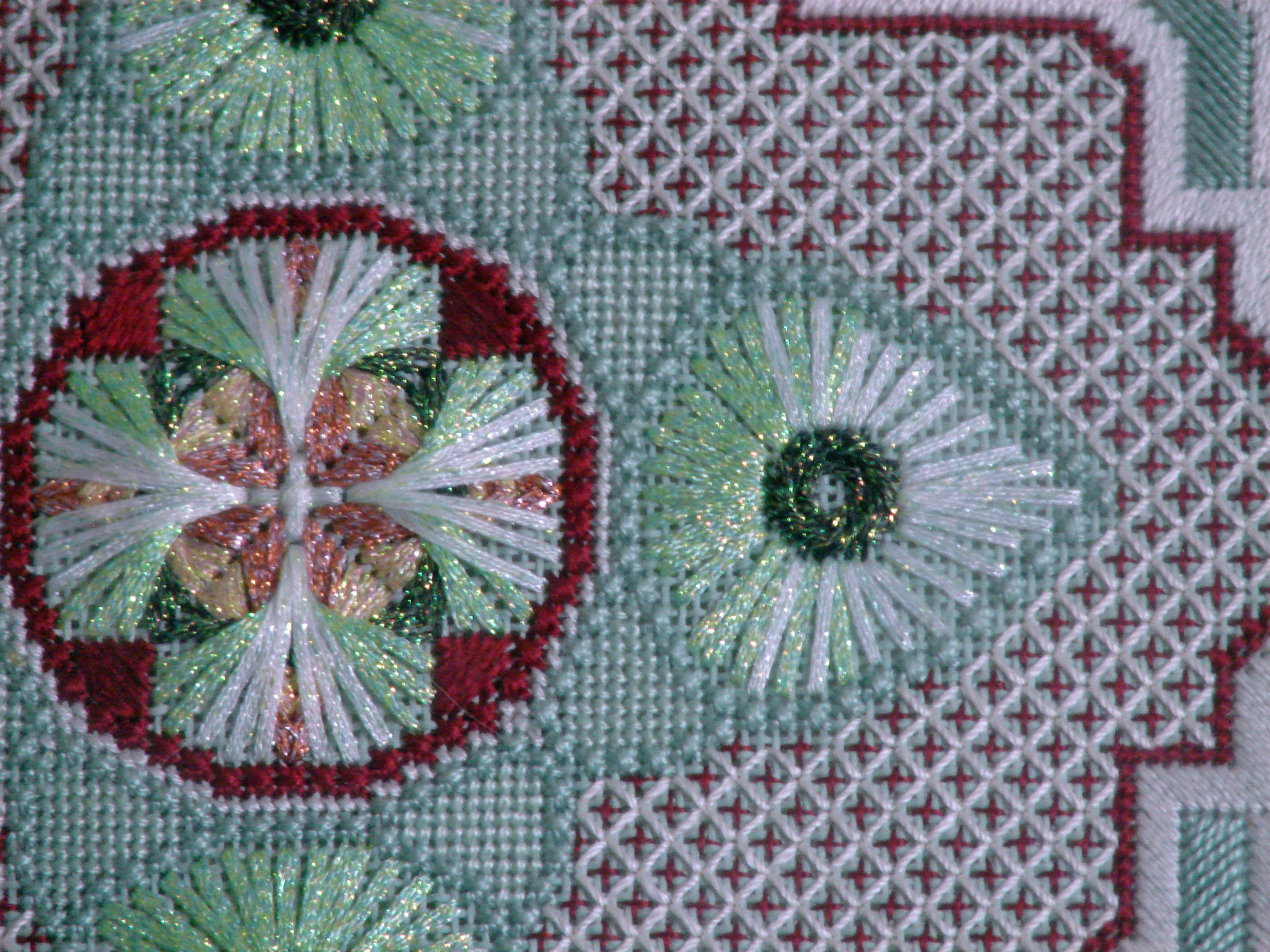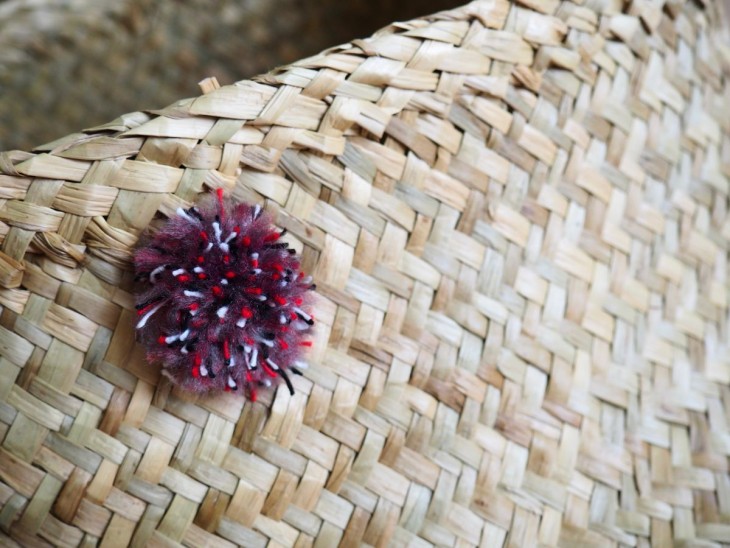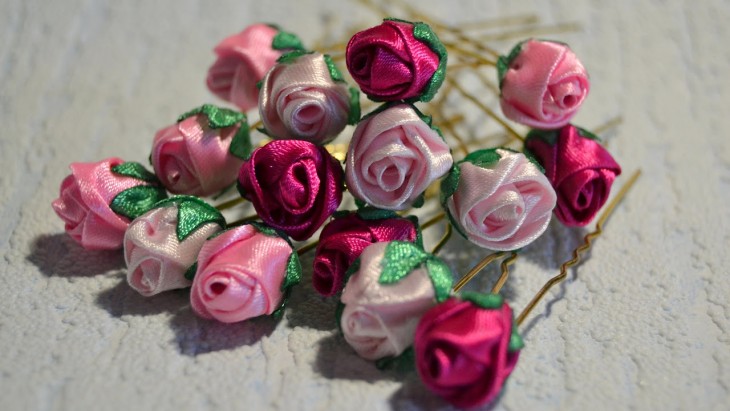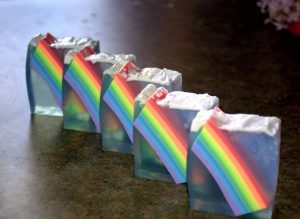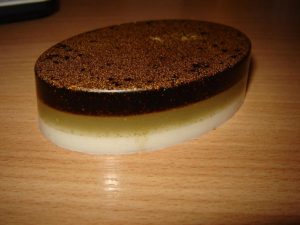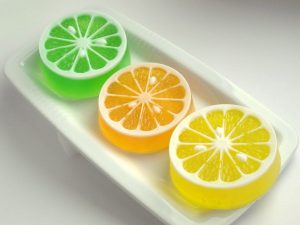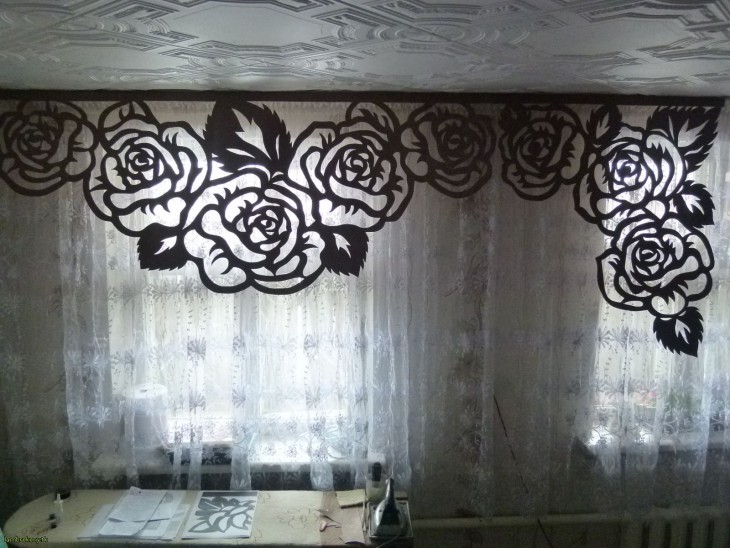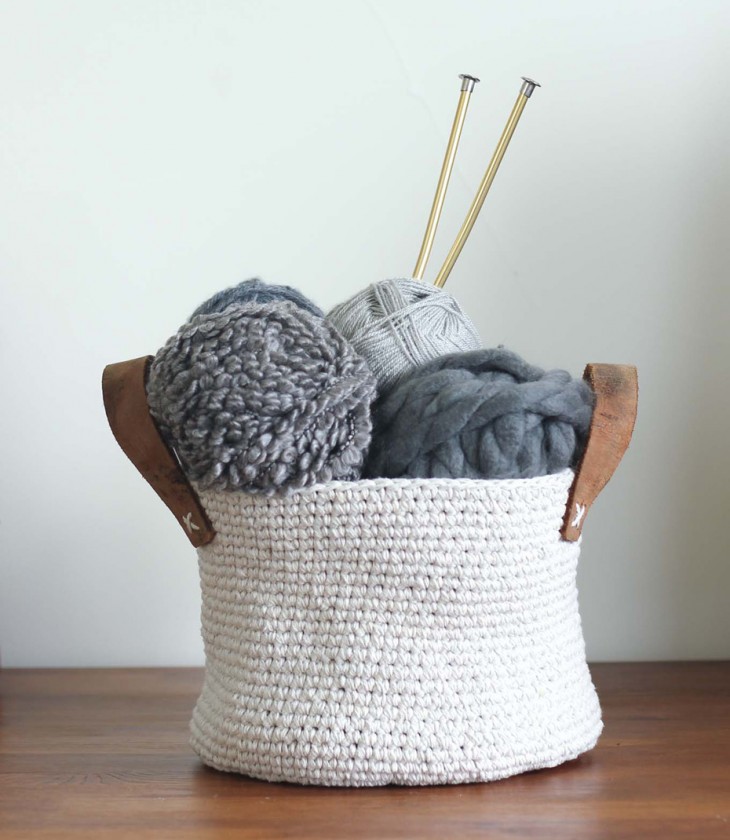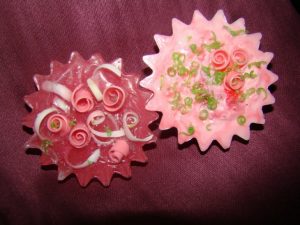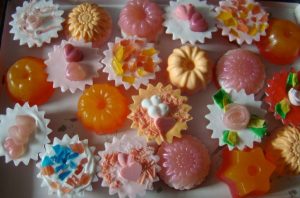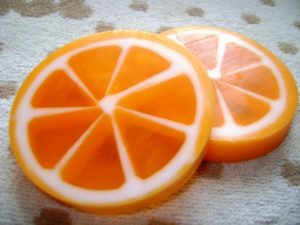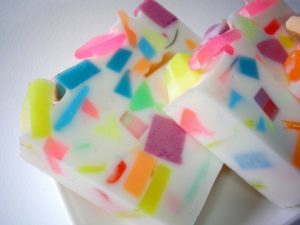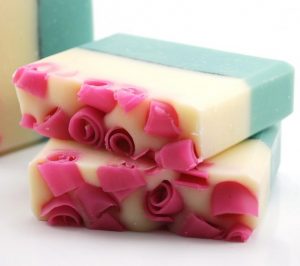Every year, the manufacture of soap at home is becoming a very popular activity. The reason for the interest in such a production is quite understandable: DIY soap is a natural and safe means of hygiene.
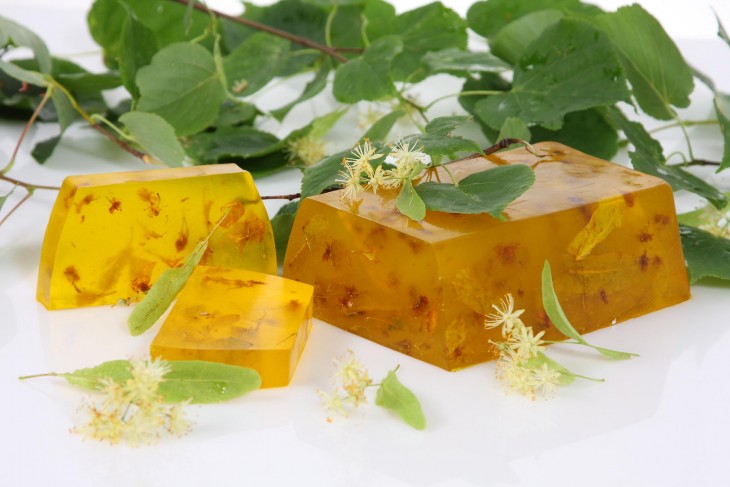
Review Content:
Shelf or made: which soap is better?
If you pay attention to store products, then they will certainly contain various compounds and chemical additives, as well as synthetic flavors.

The effect of this composition on the skin of a person does not always bring a positive result. The consequence of using store soap can be the appearance of itching, tightness or peeling.
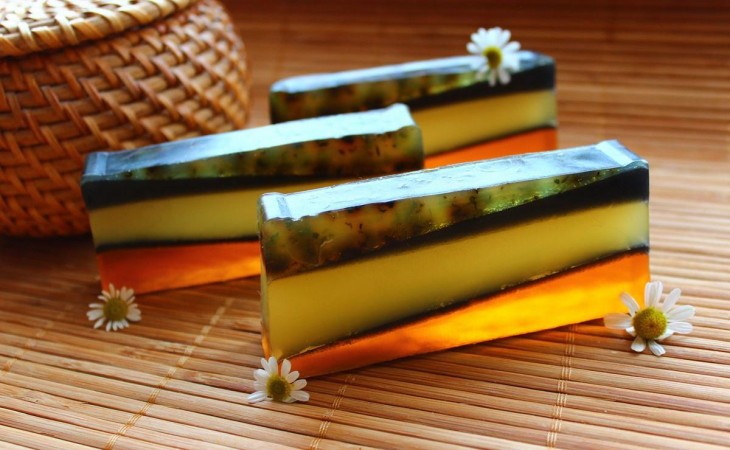
Handmade uses natural ingredients. Such cosmetic products are safe for people prone to allergic reactions, as well as for children.
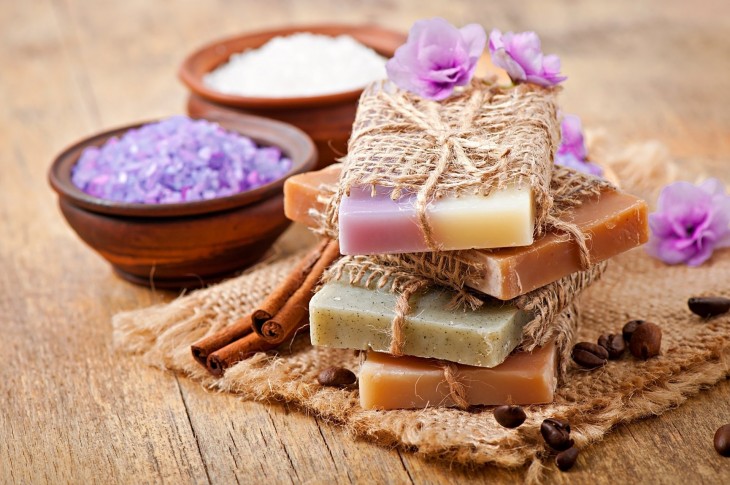
In addition, handmade soap (whose photo is below) can look very attractive and have a favorite aroma. It can be presented as an exclusive gift or decorate the bathroom with an unusual souvenir.
Handmade soap is available to everyone
Of course, you don’t even have to bother with manufacturing, but you can purchase ready-made unique handmade soap from masters who have been engaged in this production for a long time.
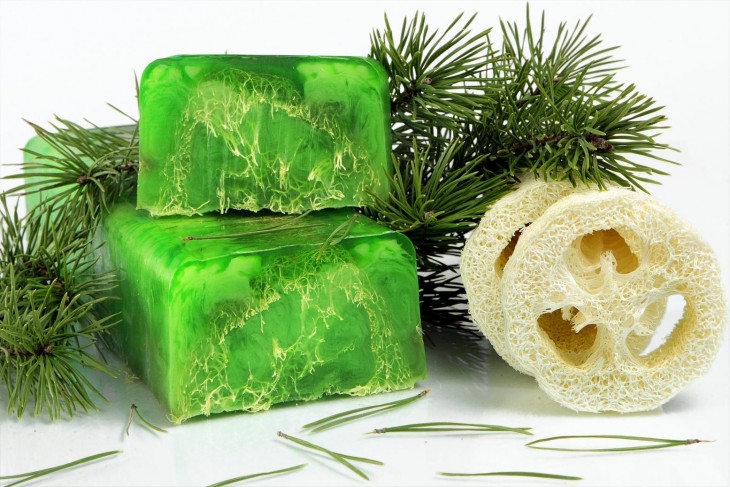
That's just the price of such an exclusive, not everyone can afford it - the cost of a bar of soap is quite high.
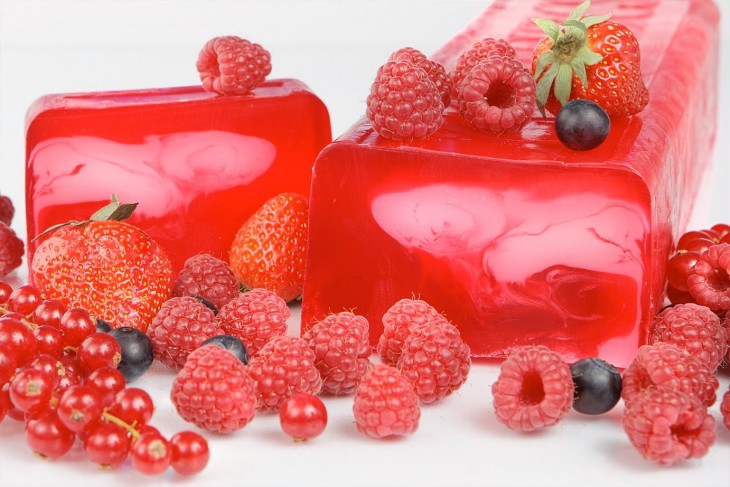
To make soap with your own hands, as an original gift or for personal use, everyone can do it.
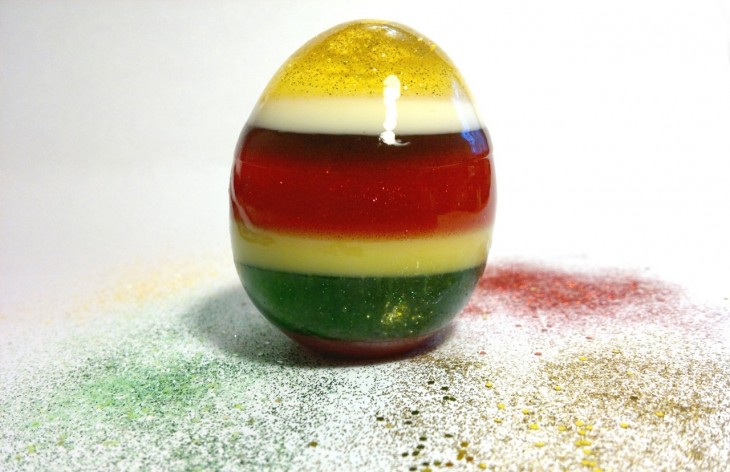
The advantages of this manufacture are:
- selection of the shape of the piece;
- favorite scent;
- individual selection of components;
- color to taste;
- unique look or pattern.
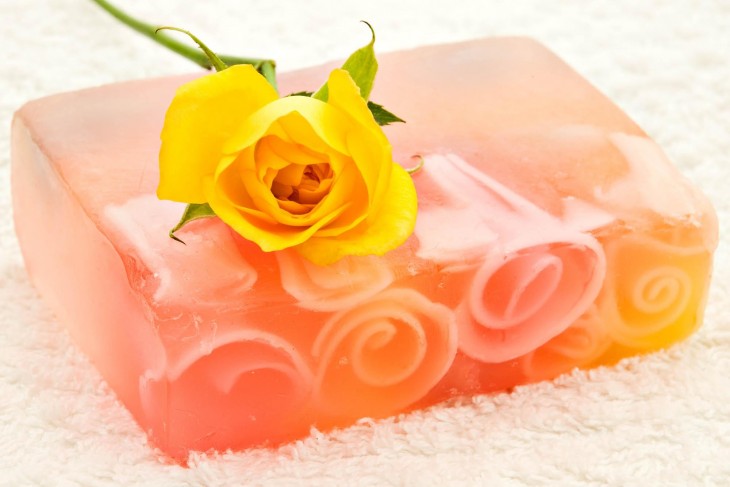
In the process of soap production, the manufacturer can feel like a real fantasy creator and show his personality.
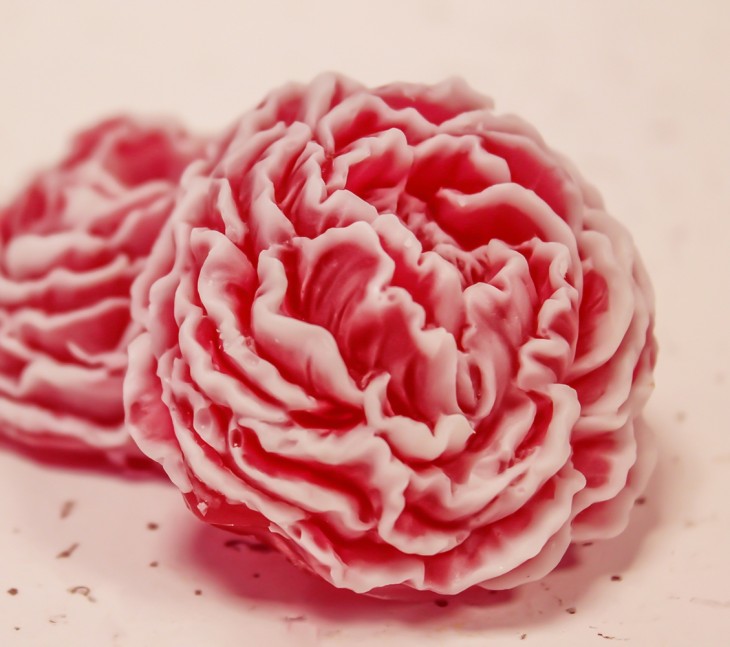
In addition, soap making is such an interesting activity that for many it becomes not only an interesting hobby, but also a way of additional income.
What is needed for an exclusive
In order to make soap at home, you need the following:
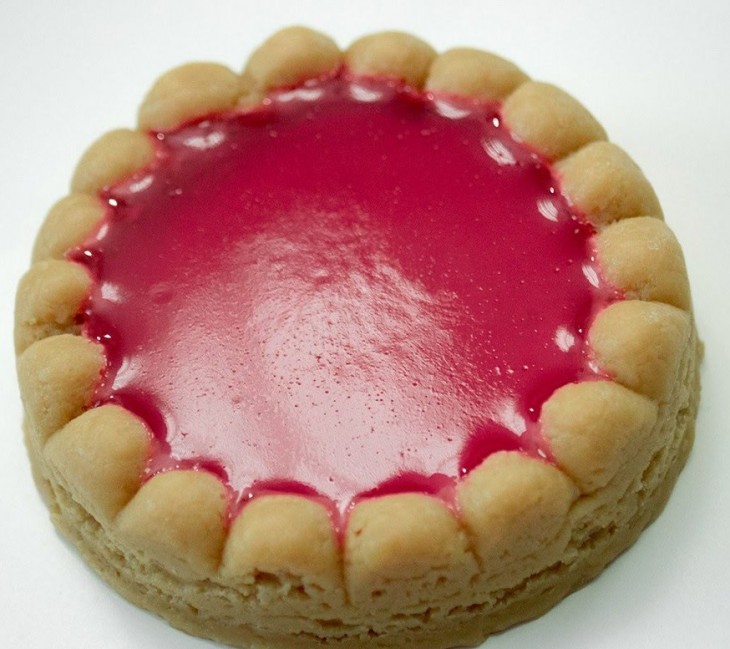
Soap base
When buying, you should carefully look: on the basis of what it is produced. The best option would be natural palm or coconut oil.
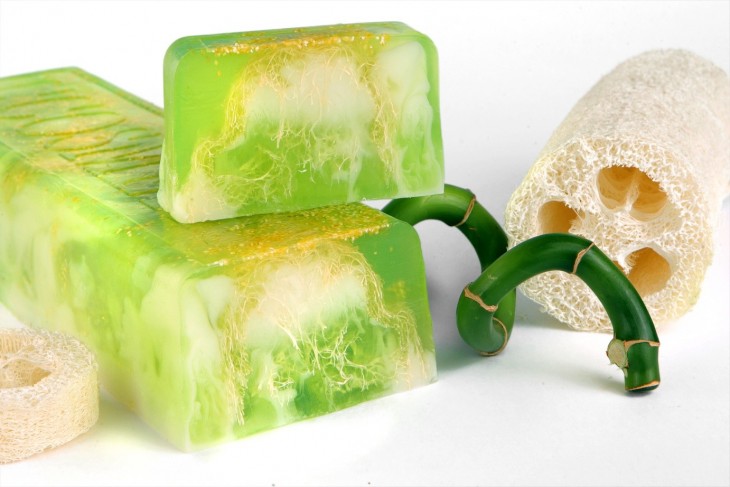
Also, ordinary cosmetic or baby soap can act as a base.
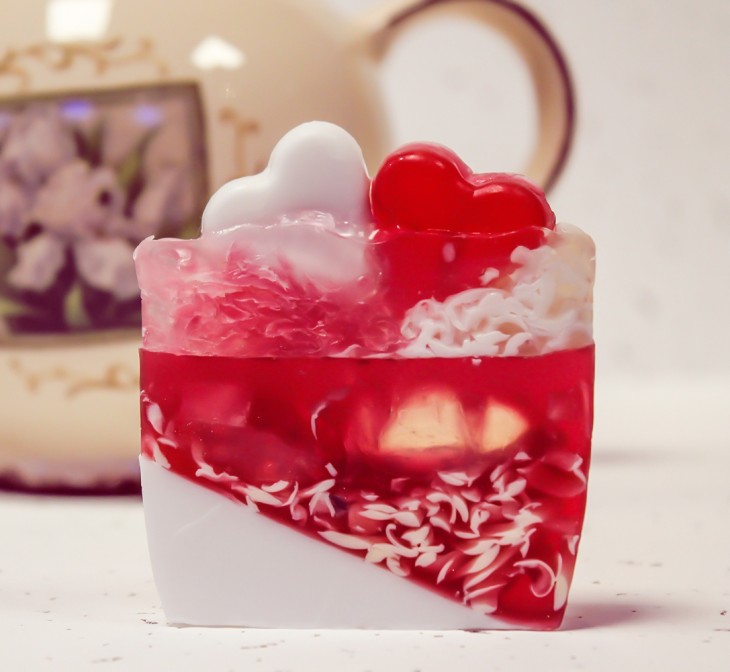
But when using them, the result can be unpredictable - the appearance of an unpleasant odor is possible (due to the presence of its specific aroma).
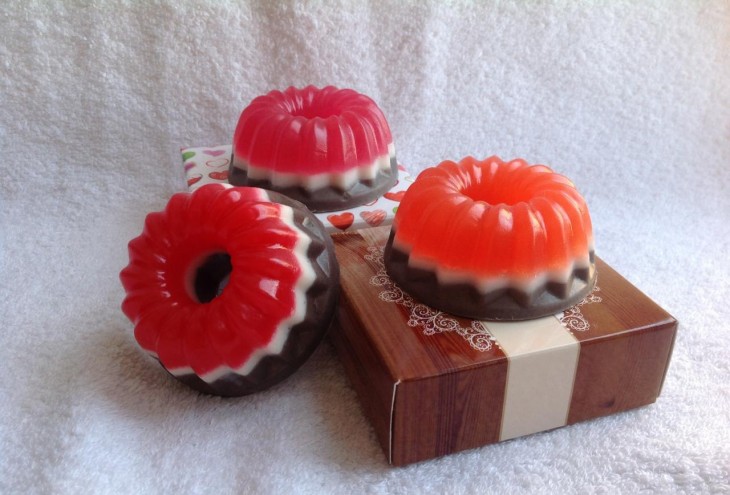
Various additives and fillers
Preference should be given not only to your tastes, but also to consider the variety of home soap assortment.
The choice should be made in favor of oils that do not have a sharp and powerful aroma, for example, peach, jojoba, almond, coconut, olive and avocado oils.
Note!
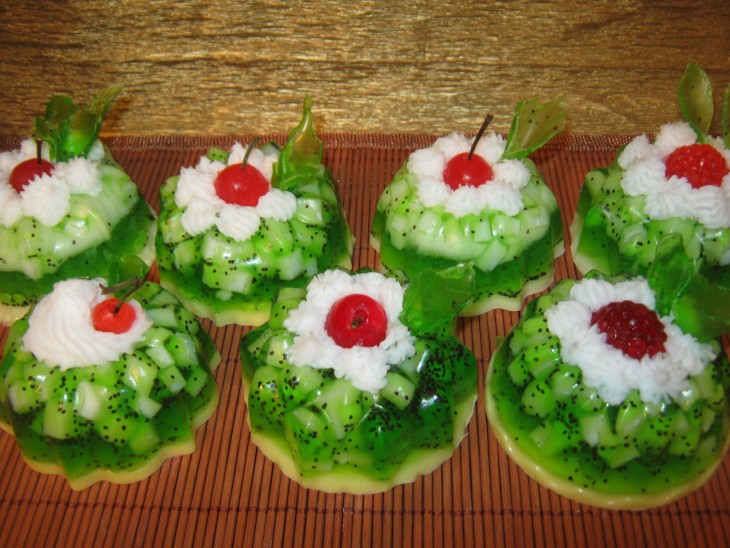
You can add aroma with the help of essential oils. Lemon, lavender, orange and many other oils are perfect.

Soap filler can be flowers of medicinal plants, lemon peel (for oily skin), ground coffee beans or oatmeal (for scrub). Necessarily presence of glycerin.This filler will create the effect of moisturizing and softening the skin.
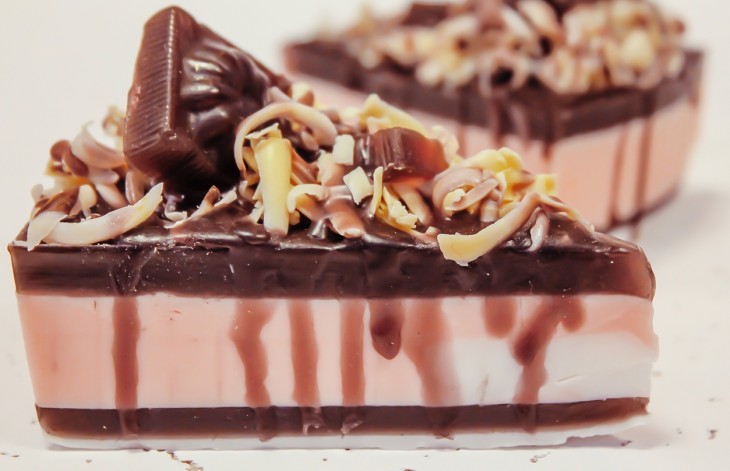
Dyes
They are used to give a beautiful shade. After all, colored soap is more pleasing to the eye. You can use both food colors and natural ones.
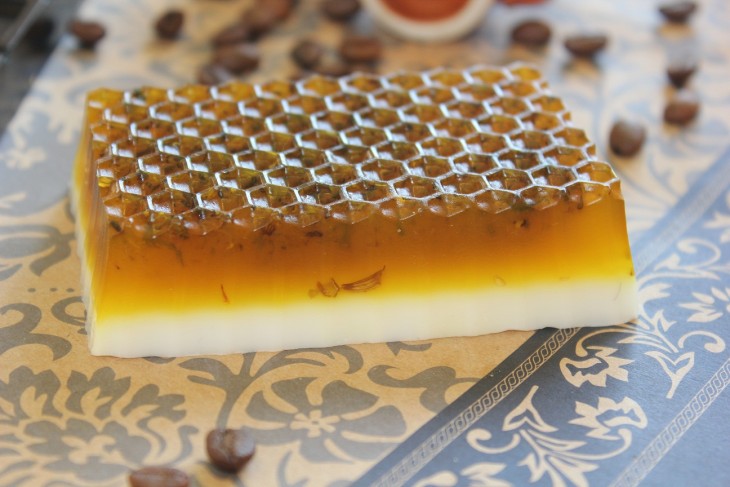
Among the artificial ones:
- dry powder - more concentrated, which allows it to be spent economically;
- liquid dye - more convenient to use;
- pigment - a water-insoluble powder of different colors, the use of which will give unique shades;
- mother of pearl - used together with dyes, giving the soap originality and sophistication.
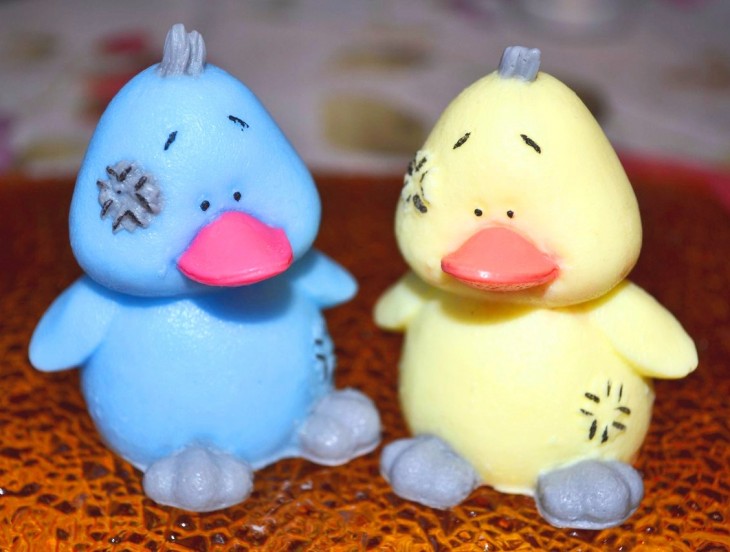
Natural dyes are no less interesting and beautiful.
Note!
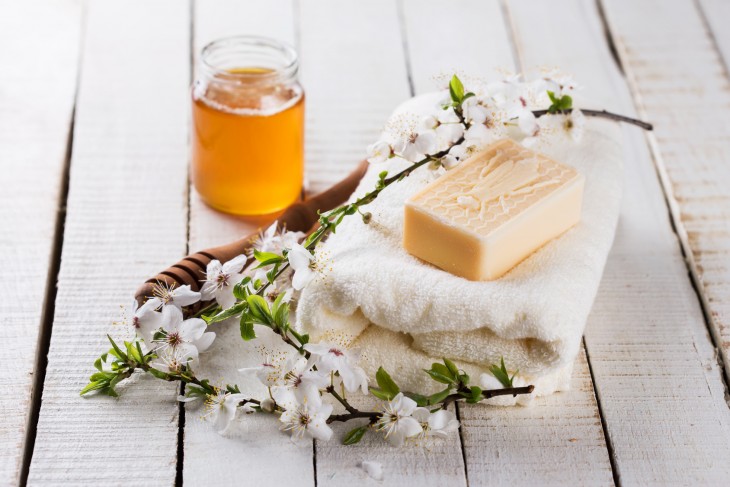
Get a blue tint will help chamomile essential oil, yellow - saffron, pink - beet juice, black - coffee, green - spirulina algae, and brown will give chocolate.
Hand tools
Molds - the type and size of soap depends on them; two metal containers - creating the effect of a water bath; grater - for grinding the soap base.
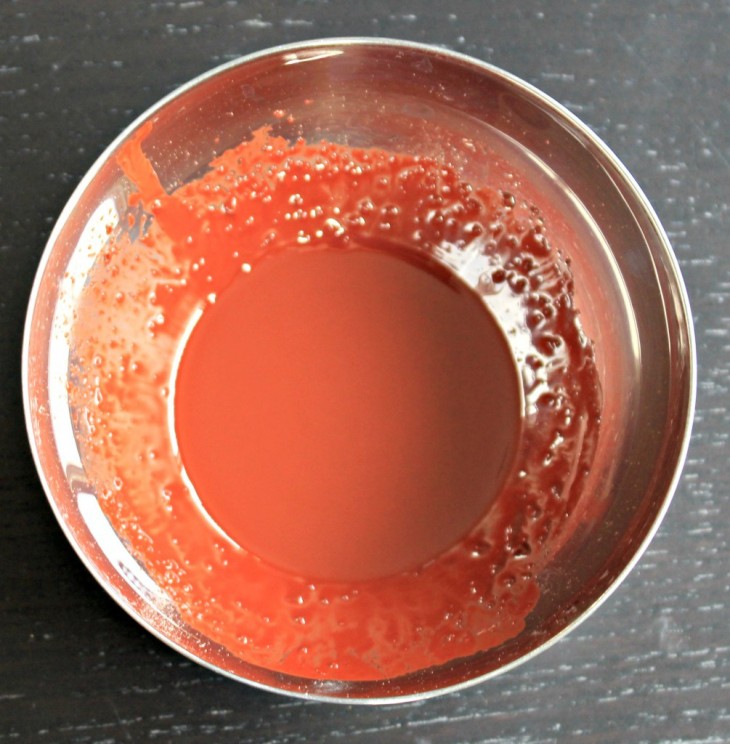
Making handmade soaps
This interesting lesson will not take much time, and a master class in the manufacture of soap will help to visually review the entire procedure.
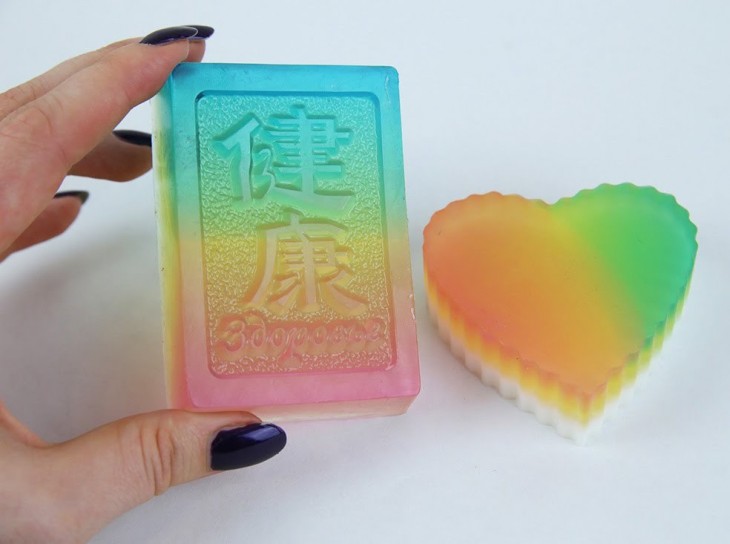
When doing soap making, it is important to remember that this process should be carried out in a respirator.

When making on the basis of the finished cosmetic soap, it should be grated and melted. For this, a water bath is used. It is not necessary to heat too much, just wait for the melting.
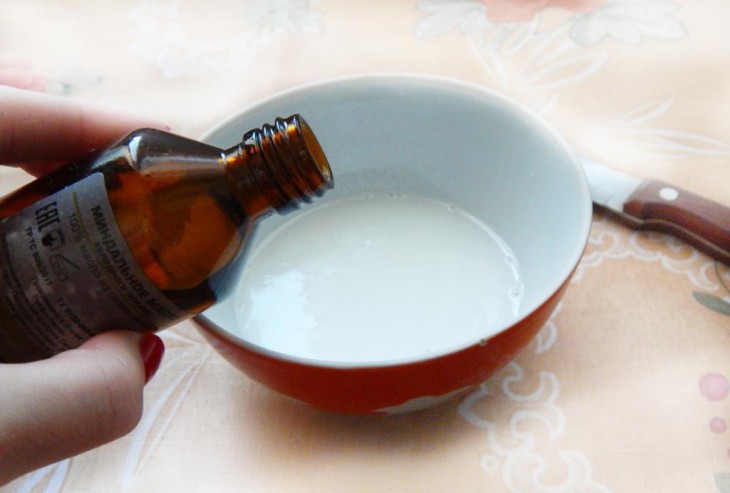
Note!
The maximum heating temperature should not exceed 60 ° C. To determine it is better to use a thermometer designed for liquids.
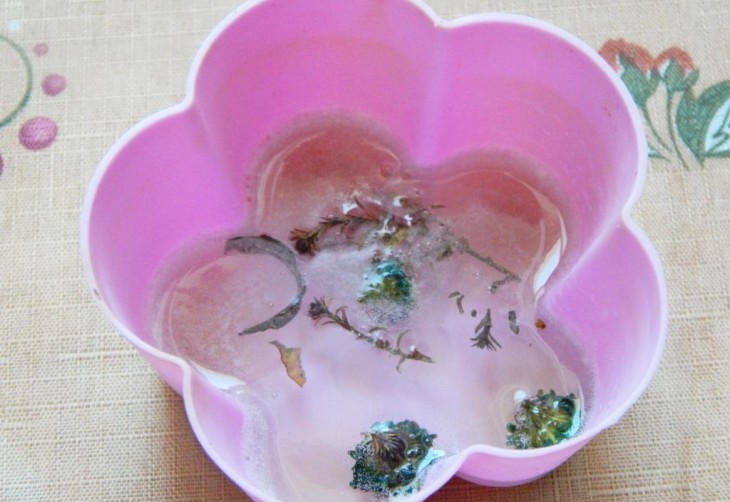
You can bring the base into a liquid state using a microwave. In this case, there is a risk of overheating, so it is necessary to check the condition of the substrate every 15-20 seconds.
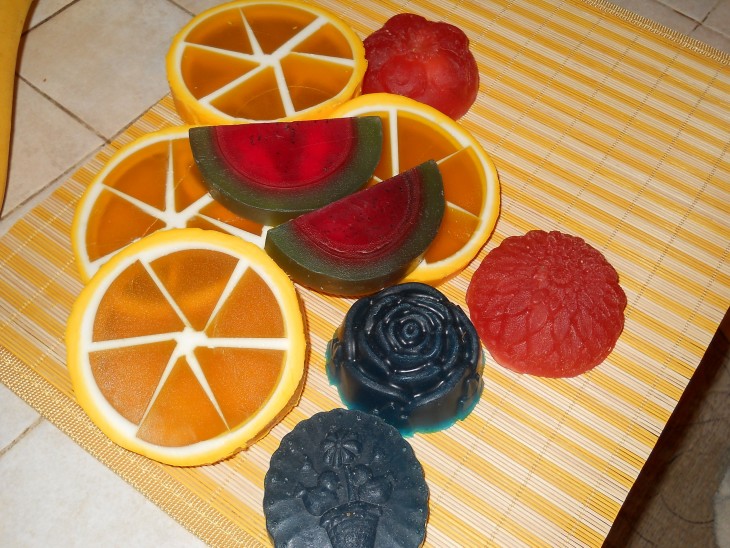
After obtaining the desired consistency, it is time to add fillers to the soap base. Using various ingredients and essential oils, it is important to remember that busting is a poor helper, and carefully monitor the amount of added substances.
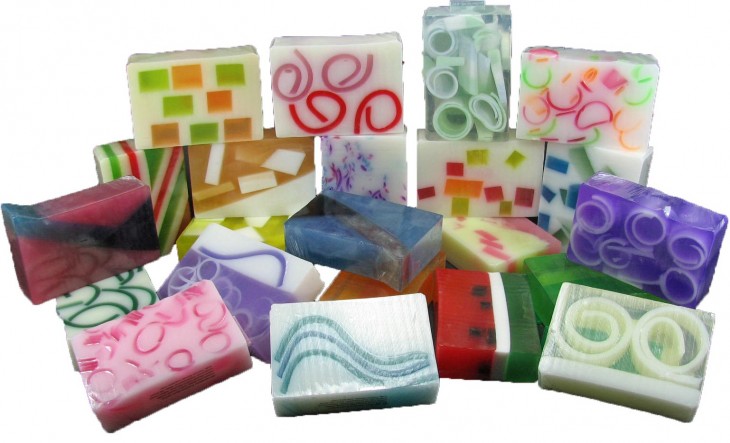
The next step is dye. Its quantity also needs to be accurately measured. It’s better to add a little, gradually tracking the resulting shade.

It remains only to pour the soap mixture into the prepared molds. They must be lubricated with oil (vegetable) or petroleum jelly. This will help more quickly remove the soap after solidification.
Soap in a bottle with a dispenser
You can make yourself not only small cubes, but also liquid soap for hands. Its preparation differs from the main one only by the addition of a small amount of water. Pour it in 15 minutes after cooking, and then beat well.
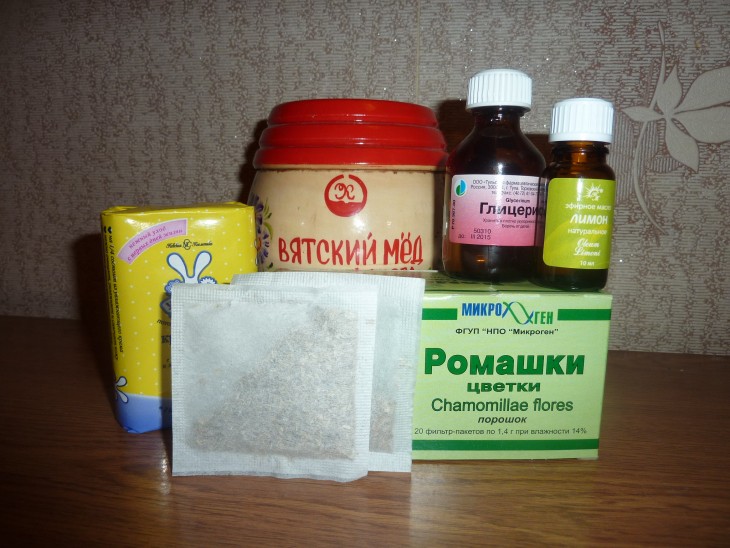
It remains to pour the soap into the bottles with the dispenser and enjoy the product of their own manufacture.
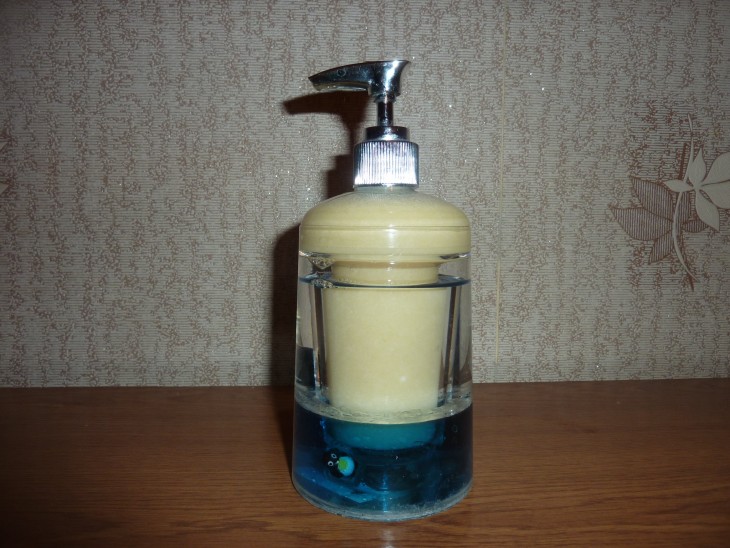
Handmade liquid soap is more convenient to use, and it can also be used as a natural shower gel.
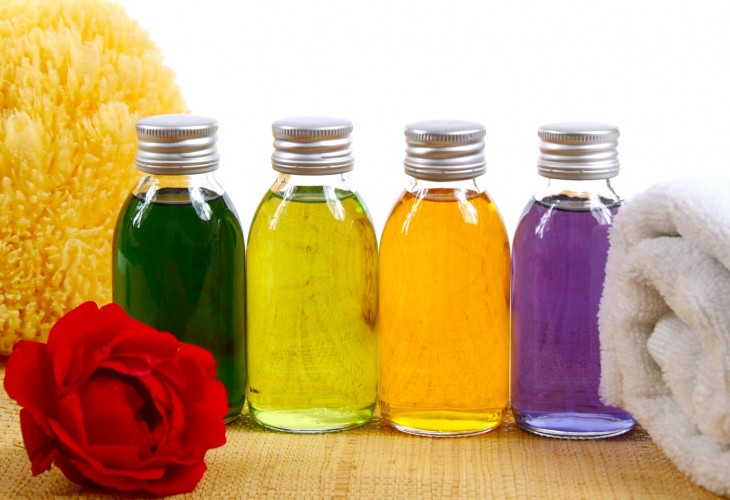
The secret of making handmade soap is revealed. Now everyone knows how to please themselves, relatives and friends with the naturalness and extraordinary beauty of a simple hygiene product.
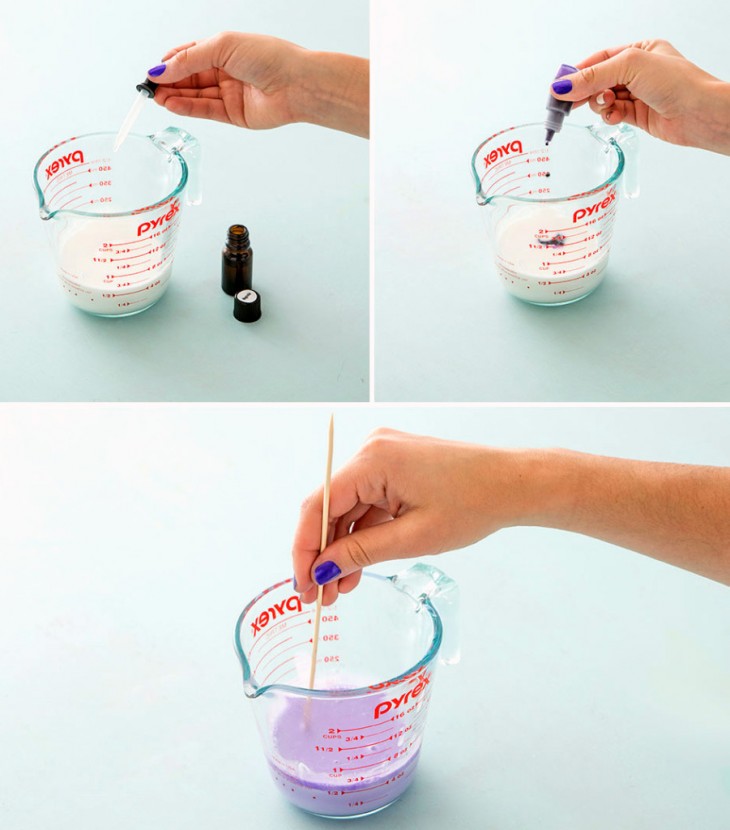
DIY soap photo
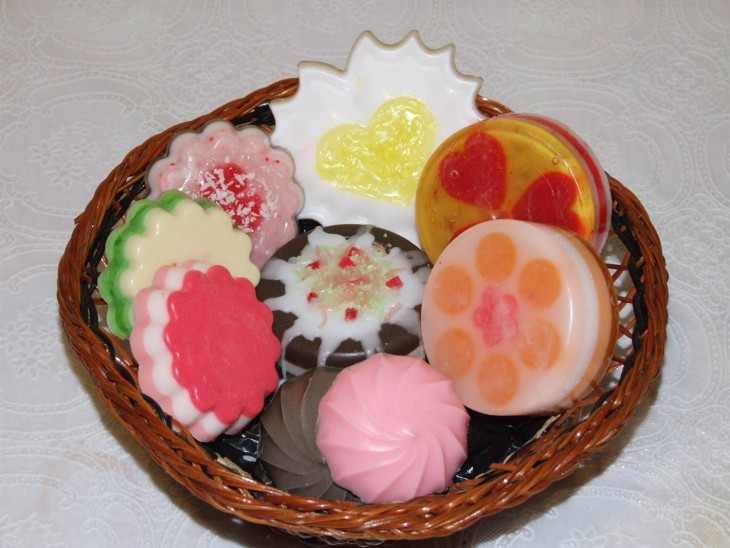
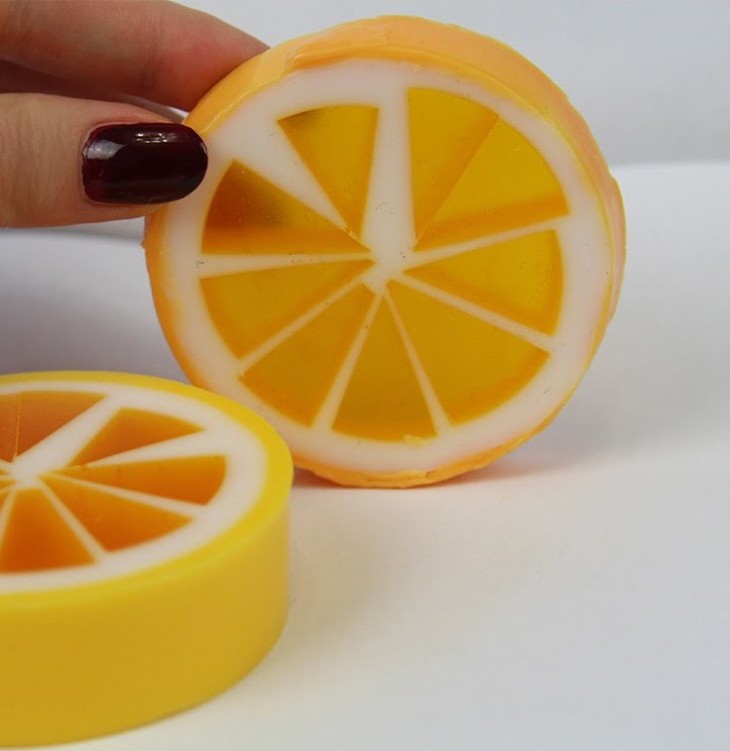

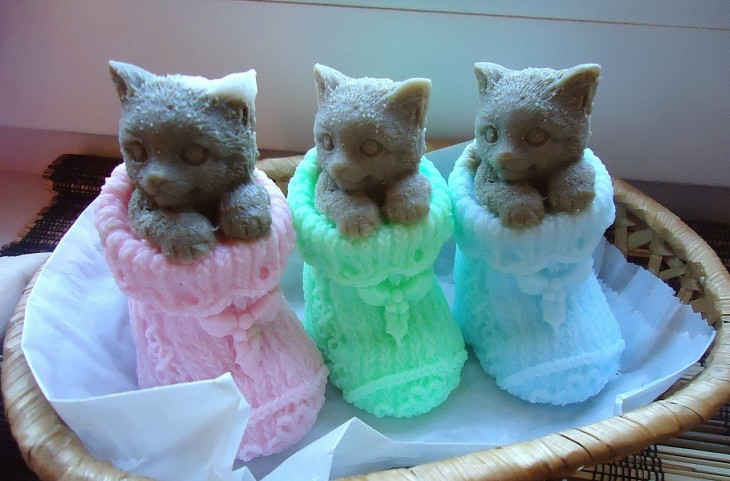

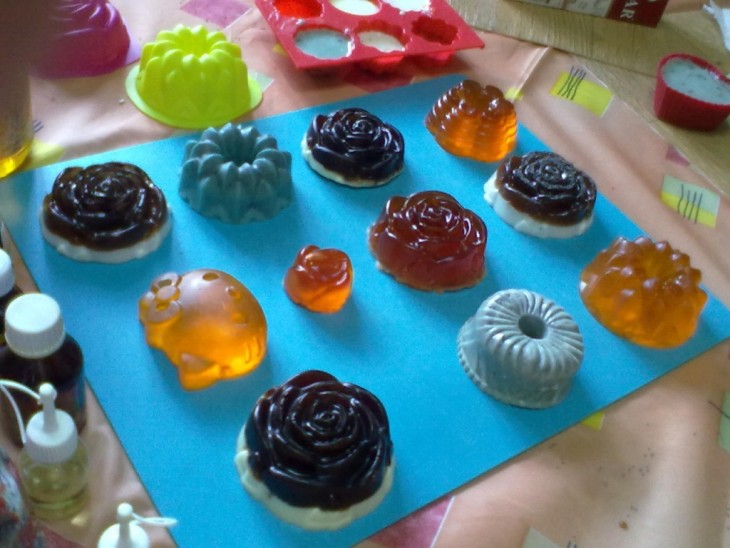
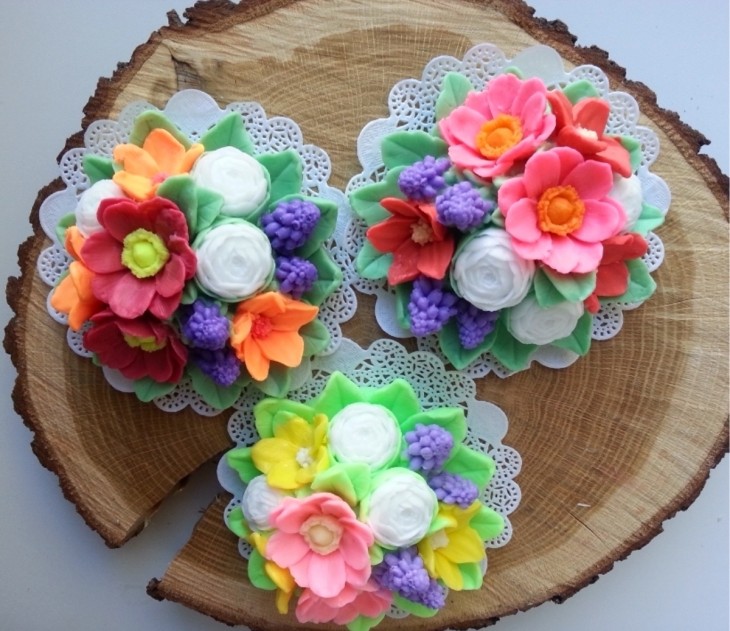



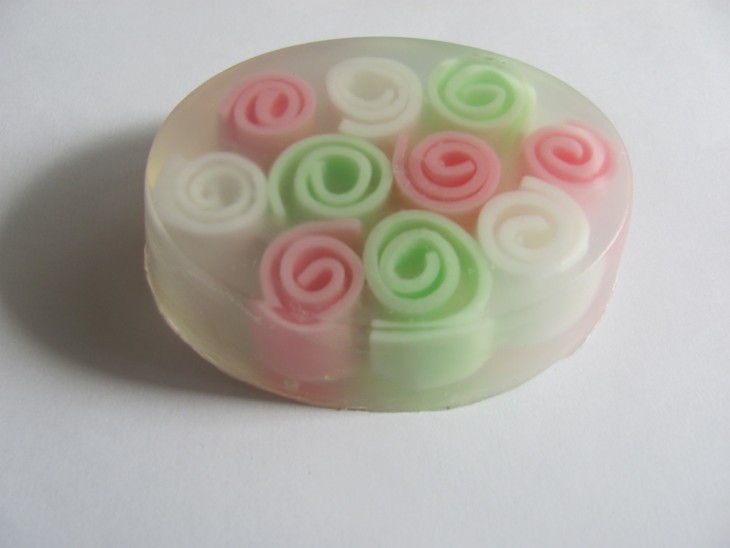
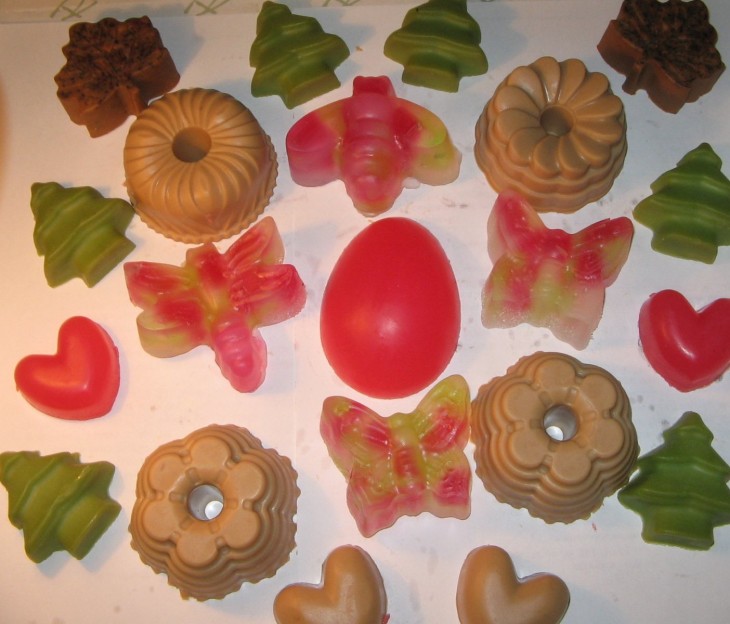

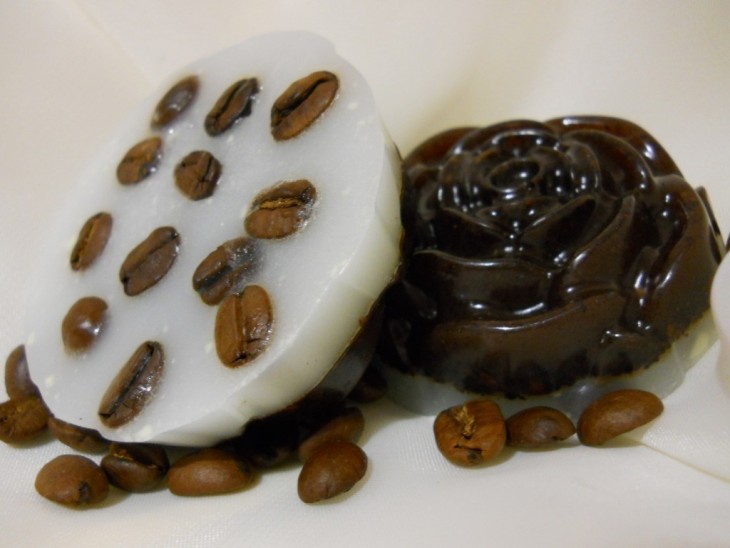
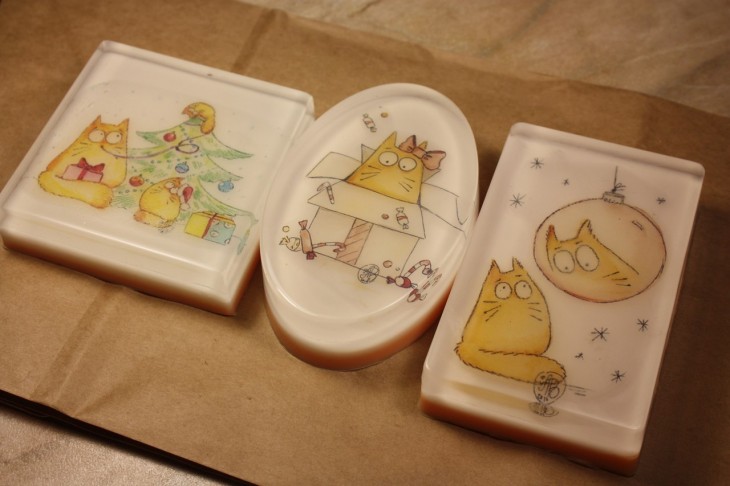
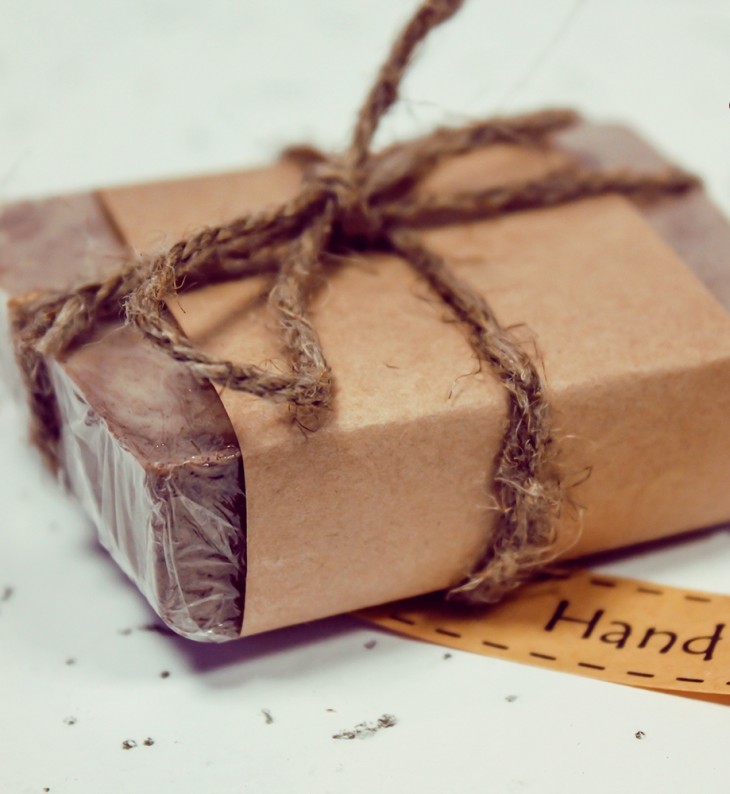



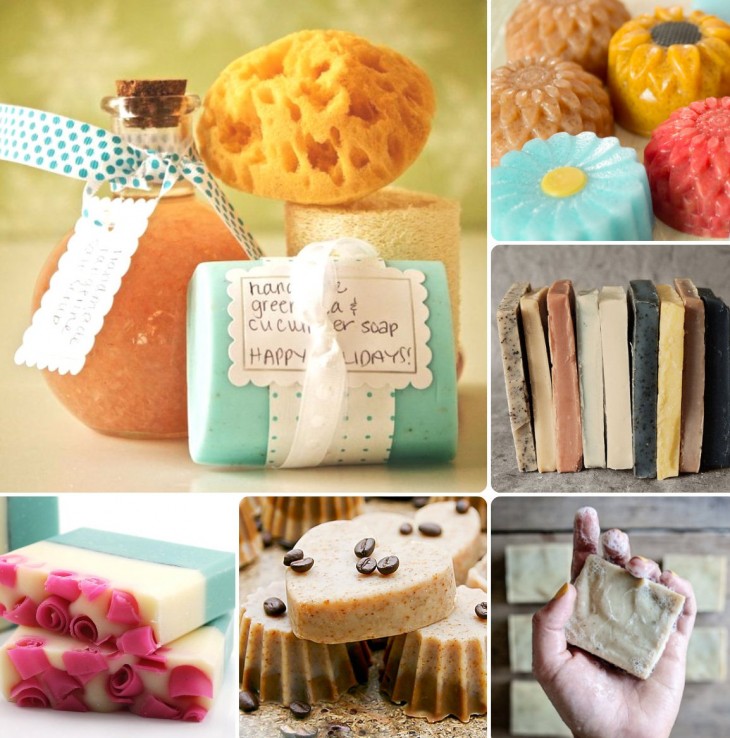
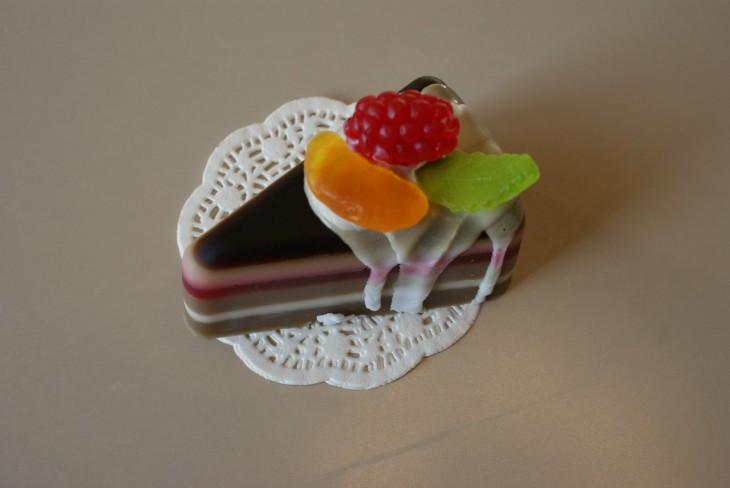
DIY birdhouse - 61 photos of ideas for building a beautiful birdhouse
Do-it-yourself floor screed - 69 photos and a workshop on creating a foundation for the floor
Do-it-yourself soundproofing of walls: 96 photos of installing a thermal insulation layer
Do-it-yourself bracelets - we make a fashionable and original accessory (67 photos)

